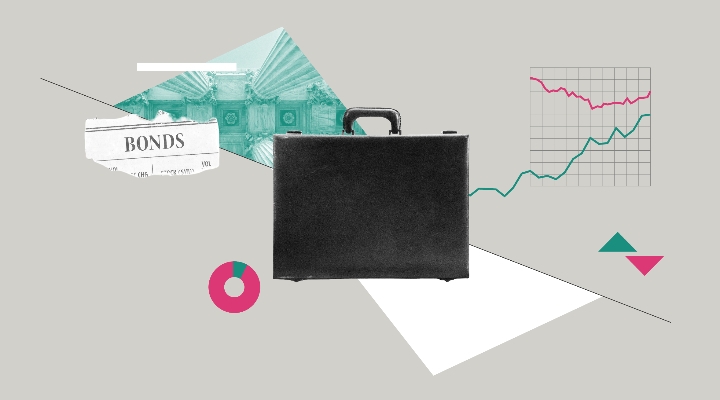Is the bond bull market over?
Most likely yes, unless the US economy fails to rebound during 2014 and thoughts of Armageddon return. PIMCO’s Bill Gross, manager of the world’s largest bond fund, certainly believes so, and the scale of losses sustained over the past eighteen months attests to it as well. Investors in the over 10-year US Treasury index suffered a -17% return between July 2012 and September this year, which was accompanied by a substantial jump in volatility, so typical of a turn in trend. Despite recent rises, US yields still remain very close to a 140-year low and the UK is close to a 260-year low, according to Credit Suisse.
2014 is forecast to be another year of rising bond yields, with yields on all bond instruments driven upward by higher government yields. The leading investment houses nearly all forecast substantially higher 10-year government yields by end 2014, with the most optimistic we follow expecting yields to rise from their current 2.8% to 3.25% (Citi) and the most negative to 3.75% (Bank of America Merrill Lynch). Similar sized moves are also predicted for UK gilts but somewhat less for German bunds. With Japanese government bond yields at just 0.6%, being afforded the opportunity to sell at a time when the Bank of Japan is such a willing buyer (and yet is targeting 2% inflation) is something a number of Japanese pension funds are quite rightly seizing upon. Government pension funds are leading the retreat JGBs.
Elsewhere, peripheral bonds appear increasingly fully priced with Irish 10-year yields, for example, now only 75bp above similar UK gilts and it is difficult to see yields declining much further, except perhaps in Portugal. The European Central Bank may also be concerned about peripheral yield levels as it recently issued a warning of potential “shockwaves” from US tapering. In emerging market debt, Emerging Market Bond Index sovereigns are now offering yields similar to US “junk bonds” but it may take well into next year before uncertainties in some of the leading markets show a marked improvement.
As for corporate bonds, essentially a repeat of 2014 appears on the cards with rising government yields ensuring very low returns from most of investment grade, with the exception of the riskier end and high yield. Returns must come from income not capital growth across most of the corporate bond spectrum. Given there is still scope for some modest tightening of spreads, allied to higher yields, investment grade should return 2% or so more than governments and high yield around 6%. The US is favoured to the UK.
The information, data, analyses, and opinions contained herein are those of the author, include proprietary information of Morningstar, and may not be copied or redistributed unless agreed to otherwise. Morningstar shall not be responsible for any trading decisions, damages, or other losses resulting from, or related to, this information, data, analyses, or opinions or their use. Indices mentioned are unmanaged and not available for direct investment. Past performance is not a guarantee of future results. Morningstar OBSR is the brand name of Old Broad Street Research Limited and OBSR Advisory Services Ltd., which provide investment fund research and consulting services respectively.





























